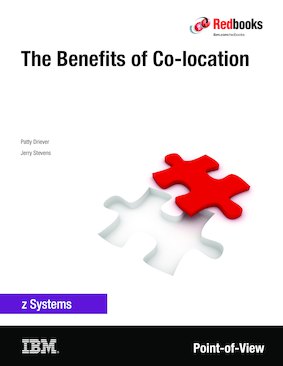Abstract
The volume of data being generated and transmitted by cloud-based technologies (such as mobile, analytics and social computing applications) is continuously growing. This dynamic puts increasing pressure on businesses and their IT organizations. Businesses and IT organizations must provide fast access to data across the web, application, and database tiers that comprise most enterprise workloads.
Using new developments in z Systems internal local area network (LAN) and device technology, along with a new sockets-based direct memory move protocol, transactional response times can be optimized for Transmission Control Protocol/Internet Protocol (TCP/IP) applications by reducing network latency and processor consumption. This new capability also eliminates the costs and complexity associated with procuring and managing physical network equipment.
This IBM Redbooks® Point-of-View publication discusses how the new Shared Memory Communications - Direct Memory Access (SMC-D) protocol, supported in the IBM z/OS® V2.2 operating system running over virtual Internal Shared Memory (ISM) devices now available on IBM z13™ platforms, can provide significant reductions in network latency between workload tiers of TCP/IP applications.
Table of Contents
Cost of data movements between IBM z Systems virtual servers takes a leap forward
Optimized internal communications
IBM z Systems HiperSockets
Shared Memory Communications over RDMA (SMC-R)
Shared Memory Communications over Direct Memory Access (SMC-D)
What's next: How IBM can help
